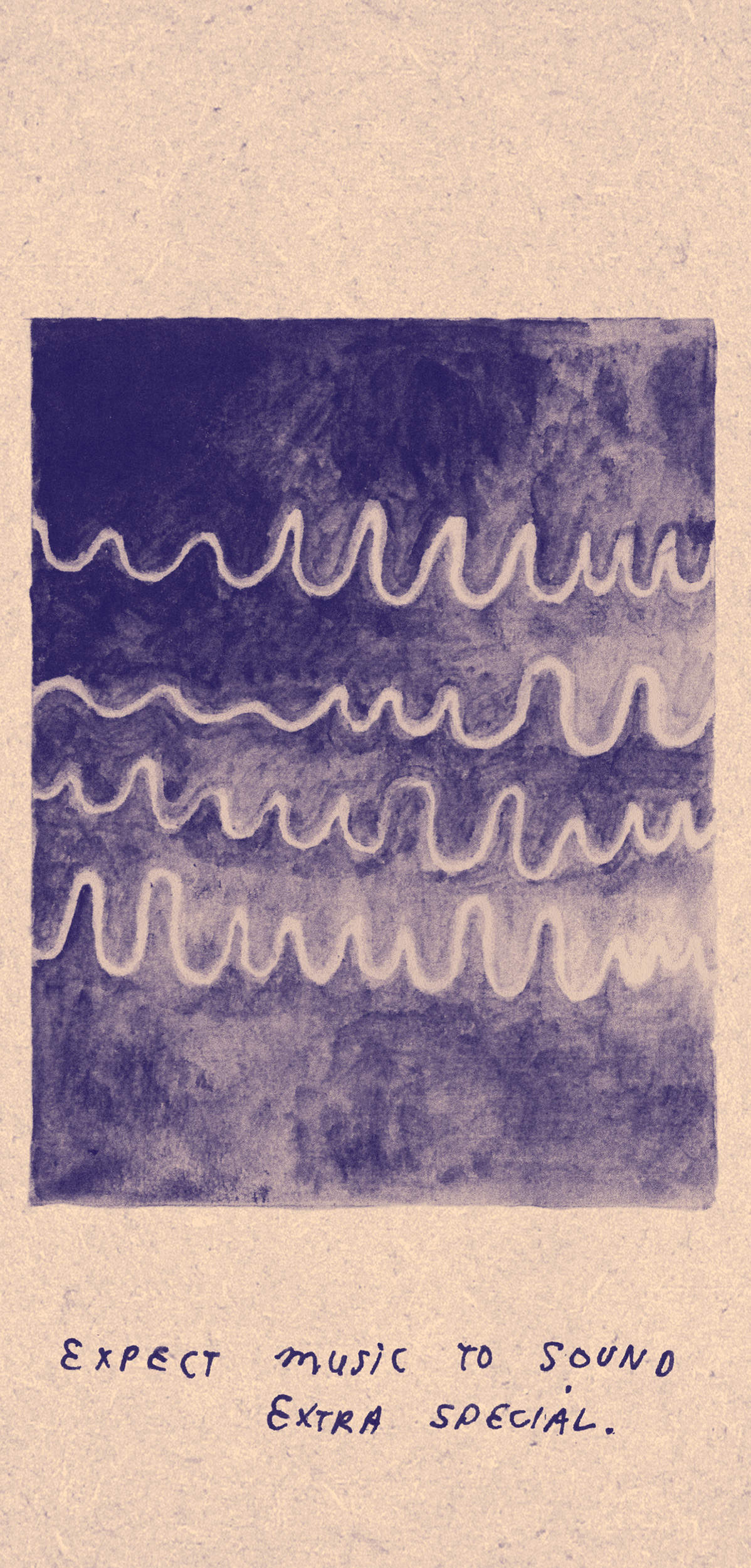Calling the EQ52 from Ingram Engineering a plain old “EQ” is like calling a rocketship a paper airplane – not correct. You can’t just insert this module into your 500 Series rack, twiddle a few knobs, call yourself a genius, and go home early on your first try. This EQ is one of those pieces of gear that’s not like any other piece of gear. You’ll need to read the instructions, then maybe reread them before you start goofing around with the Ingram EQ52, which is a high-pass/low-pass/see-saw filter. I’ll wait a moment for you to collect your thoughts.
Before we go any further, it should be understood that this EQ is a tone shaper, not a tone maker – no transformers. Though it’s certainly musical and boosts are pleasing to the ear at modest amounts, it’s more corrective than colorful. The EQ52 is differential throughout input and output stages, with a high current active output buffer with constant gain for balanced or unbalanced operation.
If you’re still trying to visualize what a see-saw filter actually is, I’ll provide my interpretation. First, we start with a pivot frequency (effectively 120 Hz to 26 kHz on this EQ). The selected pivot point is the center frequency upon which the see-saw filter balances. The see-saw simultaneously boosts one frequency band while at the same time cutting another. Clockwise boosts highs and cuts lows, and counterclockwise swings the other way – boosting lows and cutting highs.
But we’re jumping ahead. At the top of the faceplate is a necessary hardwire bypass EQ IN button. A/B’ing your moves on the EQ52 is essential, and though taking notes about the choices you make will be helpful in the beginning, eventually you’ll get the swing of it, and the EQ52 will feel right at home under your fingers. The Low Cut button provides unusually smooth high-pass filtering from 50 Hz to 5 kHz. This filter sounds so natural that I found myself regularly patching the EQ52 in for that purpose alone – they feel like the best high-pass filters in my rack right now! Next down is the see-saw/pivot section, with ranges from 120 Hz to 26 kHz. The simultaneous boost/cut really swings fast! You can easily push 8 dB on an EQ swing, so be sure to watch your gain-staging and make sure you’re going into the EQ52 at 0 dB or less. I initially found that subtlety is the way to go with the see-saw filter, but there have been instances (when correcting bad recordings) that some extreme pushes/pulls have proven immensely useful. I’d been yanking my hair out recently trying to smooth out a shrill-sounding electric guitar track, and spent a few hours with some trick plug-ins to make the sound palatable. But with the EQ52, I dialed in a pivot point at about 3 kHz, set the high-pass to about 100 Hz, then pushed the lows / pulled the highs on the see-saw at 1.5 dB, and – boom! In less than two minutes, I had a tone that worked! For electric bass, I simply set my high cut, boosted the see-saw lows / pulled the highs a few dBs, then swept for an ideal frequency pivot… which took the bass tone from Jaco to Jamerson nearly instantly. I think I’m getting the hang of this thing! Pivot at 8 kHz on the drum bus please. Can the EQ52 help with the proximity build-up of a large diaphragm condenser on an acoustic guitar? With a few knob twists! The corrective (and enhancing) applications are pretty much endless with this EQ. Did I mention smoothing out the 2-bus on a mix?
You’re getting where I’m going with this, I think? One: It’s not as hard to use the EQ52 as it looks. Two: I will be reaching for the EQ52 before I instantiate a corrective plug-in to fix problematic timbres, bad mic’ing techniques, or just plain shitty sounds. Some other things to note: The EQ52 is quiet as hell with tons of headroom. It’s also ideal for sidechaining with a compressor.
Though the EQ52 works well in stereo applications (mixing or mastering), there is no way to link filter controls between two units. A step-by-step matching procedure accompanies the Owner’s Manual. It’s entirely likely that you’ve never heard of the EQ52. Still, if you’re looking for unique tools to improve results for your clients, you’ll probably need to have at least one of these analog magic fixer/enhancer modules in your 500 Series rack immediately.




_disp_horizontal_bw.jpg)